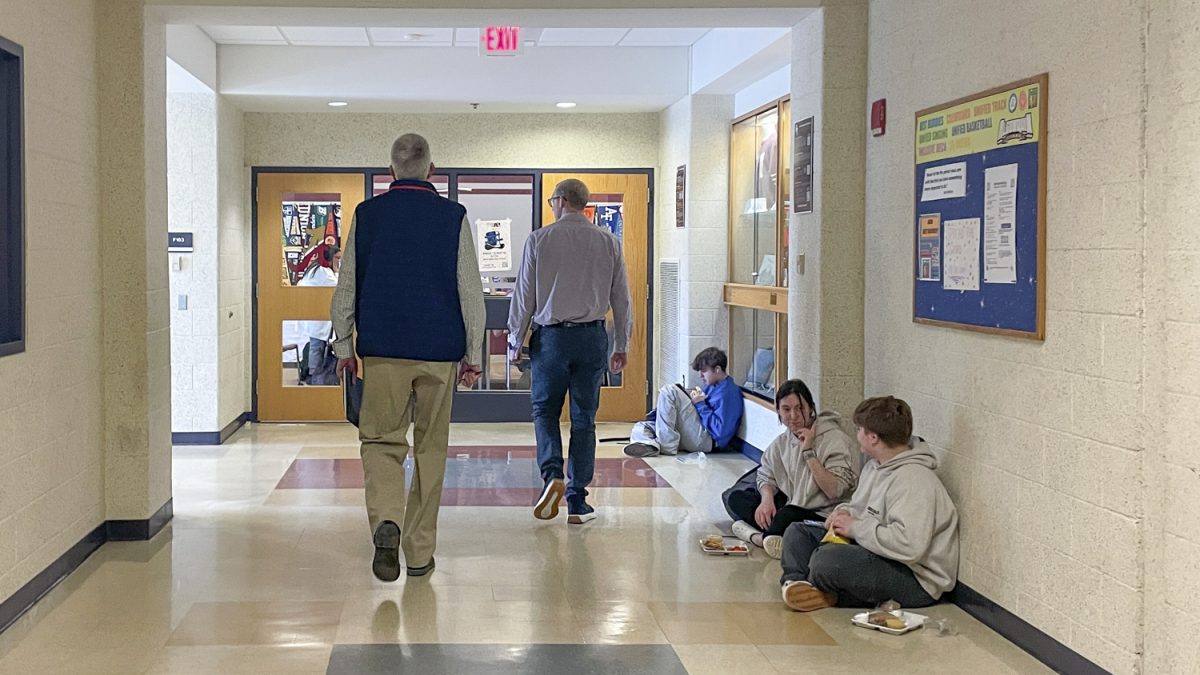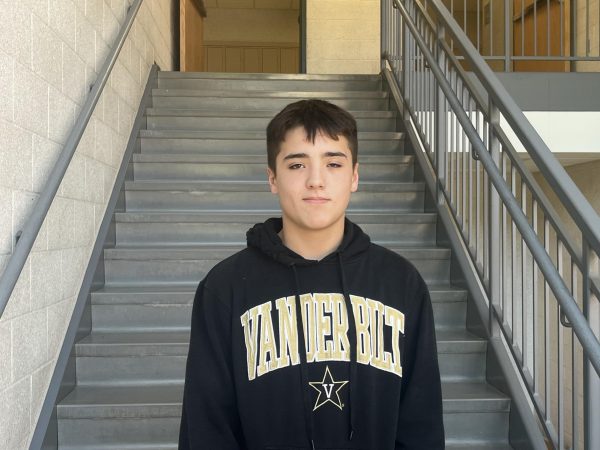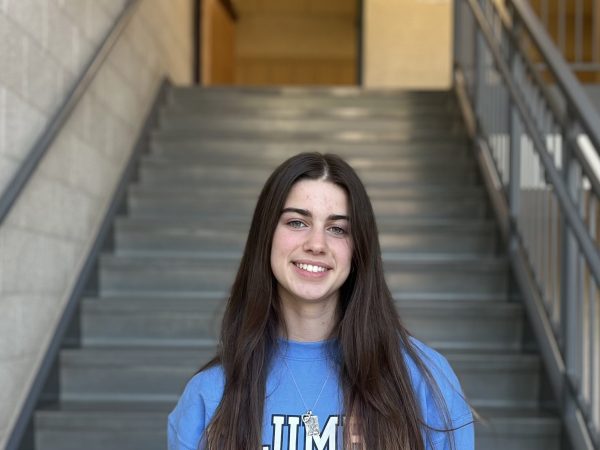Observers from the New England Association of Schools and Colleges (NEASC) visited Algonquin during the second week of March to evaluate the school’s ongoing improvement efforts, meeting with students and community members to gain a better understanding of the school’s commitment to educational and extracurricular success.
The decennial visit, which happened earlier this month, is the final part of the ten-year accreditation cycle that NEASC requires for public schools. The purpose of the cycle and specifically this visit is to hold schools accountable for improvement and growth on their identified priorities.
Assistant Principal Matthew Gitkind, who was the main organizer of the visit, explained that schools throughout New England participate in the NEASC organization, which allows schools to gain and maintain accreditation. Gitkind said it’s crucial to highlight and work towards achieving the goals set.
“Accreditation means we as a school are in good standing and doing effective work for our students,” Gitkind said.
The officials who visited were not specifically from the NEASC organization. The guests, who spent all day March 10, 11 and 12 observing classes and meeting with school community members, were a group of individuals from other schools in New England.
“A team of educators, usually teachers, principals and sometimes administrators like superintendents, from various schools will come to your school to do the assessment,” Gitkind said.
These educators are qualified teachers and administrators with mid to senior-level leadership experience and no less than five years of educational experience.
“I’ve gone to these visits for other schools,” Gitkind said. “Other schools send folks to us. They talk to students, teachers and observe classrooms.”
Gitkind noted that improving the school’s services is a long process that must be completed before the visit takes place. Making progress on the goals set by NEASC in the previous visits will let the school maintain its accreditation. A NEASC committee visit two years ago established several goals for the school.
“We set, [for example,] goals to improve our Wi-Fi and build the new athletic complex,” Gitkind said. “The preparation for these visits is to act on those goals.”
Principal Sean Bevan also has an important role in making sure these visits go well, and he believes in the importance of the long-term cyclical NEASC work.
“The ten-year cycle starts with setting goals you’d like to accomplish in that time,” Bevan said. ”In year five of the cycle, there’s a check-in and in year eight there is a deep analysis of what the school’s needs are. That’s called a Collaborative Conference Visit.”
Bevan said the Collaborative Conference visit is also important to the school’s improvement as it gives feedback on how to move forward and prepare for the Decennial visit two years after.
“We committed to working hard on those things,” Bevan said. “They came back two years after the conference to check on our progress.”
Since then, the athletic complex has had a complete reshaping through the completion of GonkPlex, and the internet speed has increased immensely, in addition to progress being made on other goals. The last report of findings on this cycle is expected to be made public in the coming weeks after Bevan reviews a draft version of the visiting team’s report.
Students had an important role during the visit. Sophomore Nicholas Furtado, along with nine other students, gave the visitors a tour of Algonquin. They pointed out key places of interest within the school.
“We went down to the wood tech room,” Furtado said. “Right now they’re making technology for people that can’t put on their socks without assistance.”
Furtado also showed the observers the culinary classrooms and kitchens along with most of the rest of the school building.
“We showed them the culinary rooms and they observed all the kitchens,” Furtado said.
While the tour focused on key areas like the wood tech room or culinary classes, Furtado says he and his partner showed the observers most of the school.
“We showed every single area throughout the school except the math hallway,” Furtado said. “It took us a solid 52 minutes.”
In addition to being tour guides, other students showcased work from various classes from every department to the observers to give them a better understanding of the education students receive at Algonquin.
Sophomore Mary Rodriguez was one of many selected to showcase work. She and her partner showcased their U.S. History II Progressive Era project, a trifold poster, which focused on the women’s suffrage movement.
The showcase, which took place in the library, allowed students to receive feedback and show off their work.
“It was really nice to get feedback from other adults along with getting your point of view and opinions heard,” Rodriguez said. “Three observers came to our booth, they were all very impressed by not just the projects and visuals but by our public speaking skills.”
Although this is the end of the ten-year cycle, the feedback from the visitors will be important moving forward and to prepare for the start of the next cycle.
”We just happen to be at our finish line for the ten year cycle,” Bevan said. “Now it all starts over again.”











